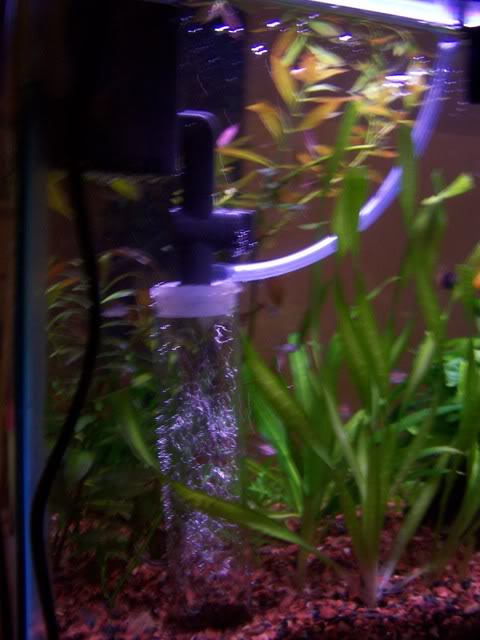Folks,
After my investment into injected CO2--I dont see any results. Bummer
BUT-I think I see the problem.
After 2 weeks of apprx 120 bpm-I cant seem to get my c02 above 12.
Question is -how do I increase my CO2 to 30ppm?
There is no surface turbulence from AC500 hanging filter
Airstone is removed weeks ago.
Powered Red Sea Reactor 500 for CO2 diffusion
2x65wX9 hrs compact lighting-yes I have algae!
Greg Watson Ferts
Eco complete substrate
PH-7.0
KH-4
Phosphates->10
Nitrates-40
Litely planted tank-
Thanks
After my investment into injected CO2--I dont see any results. Bummer
BUT-I think I see the problem.
After 2 weeks of apprx 120 bpm-I cant seem to get my c02 above 12.
Question is -how do I increase my CO2 to 30ppm?
There is no surface turbulence from AC500 hanging filter
Airstone is removed weeks ago.
Powered Red Sea Reactor 500 for CO2 diffusion
2x65wX9 hrs compact lighting-yes I have algae!
Greg Watson Ferts
Eco complete substrate
PH-7.0
KH-4
Phosphates->10
Nitrates-40
Litely planted tank-
Thanks

